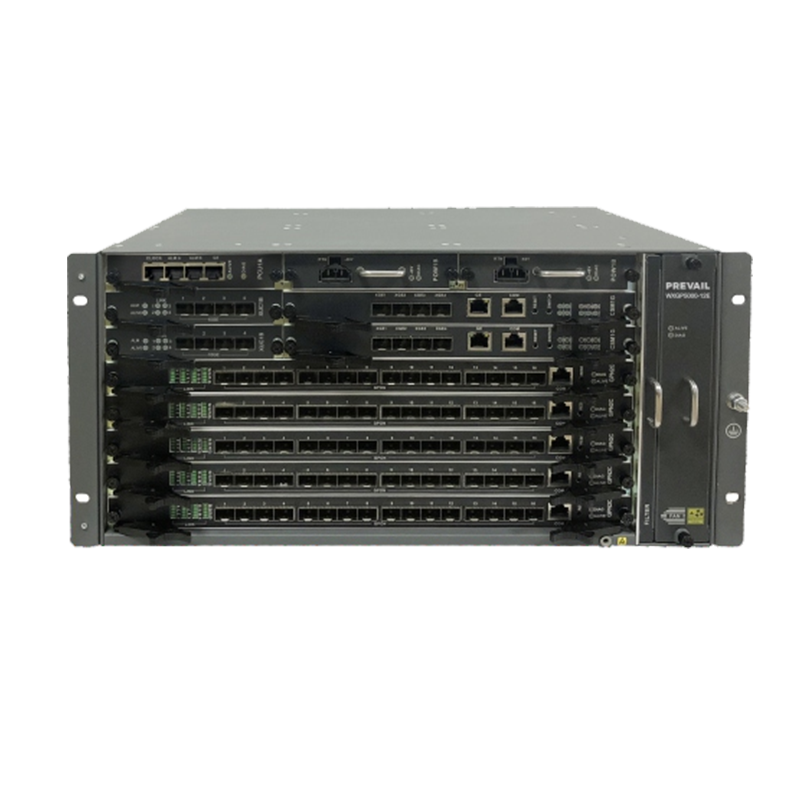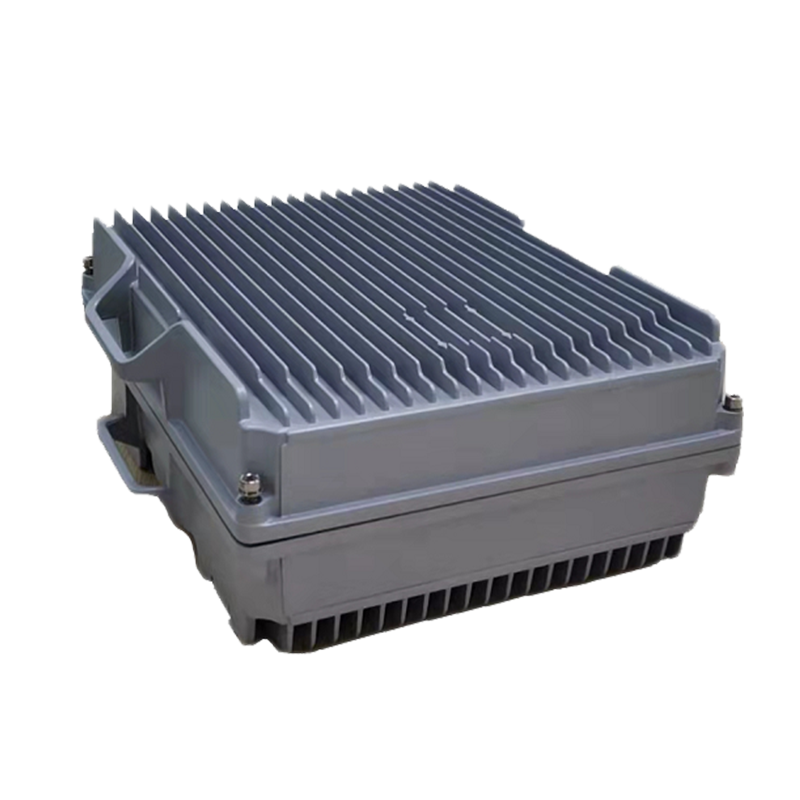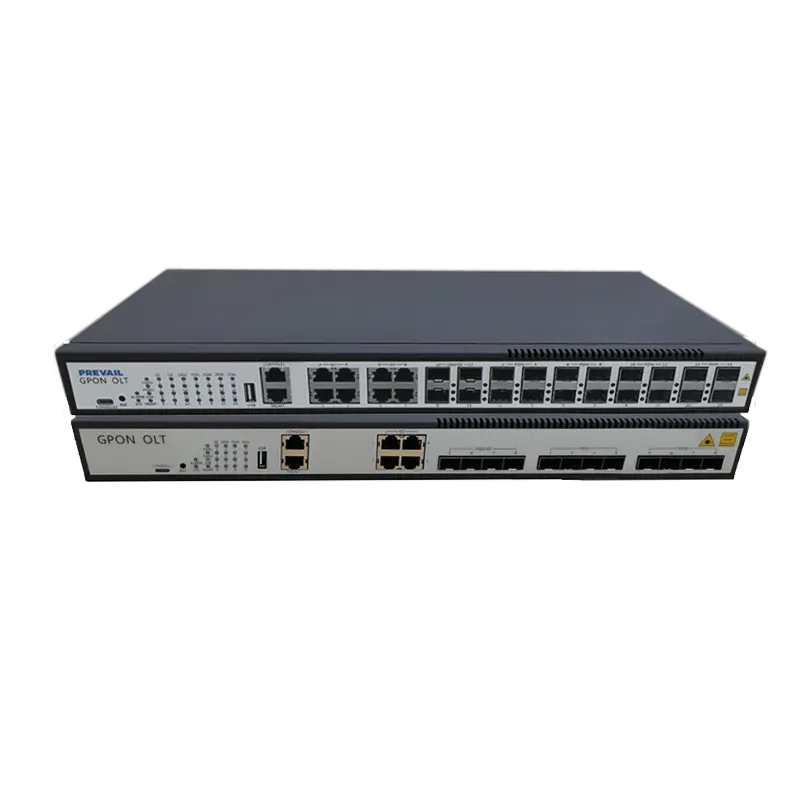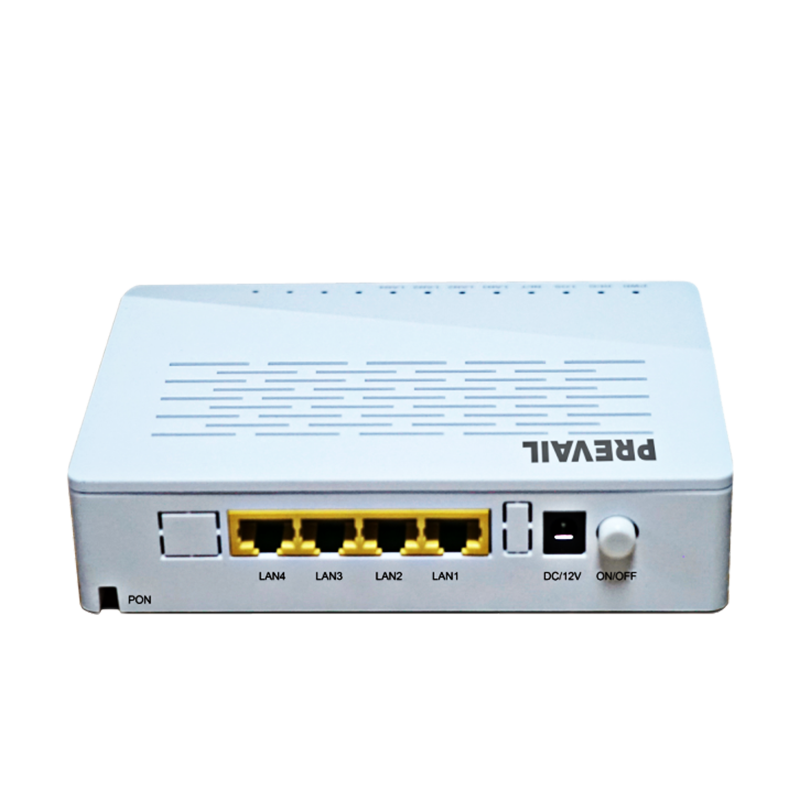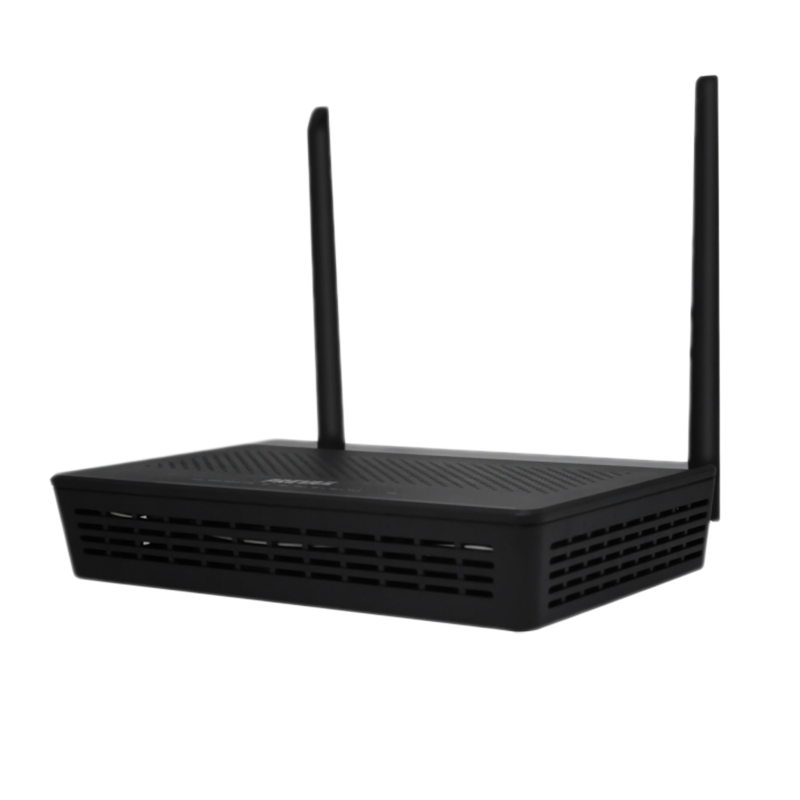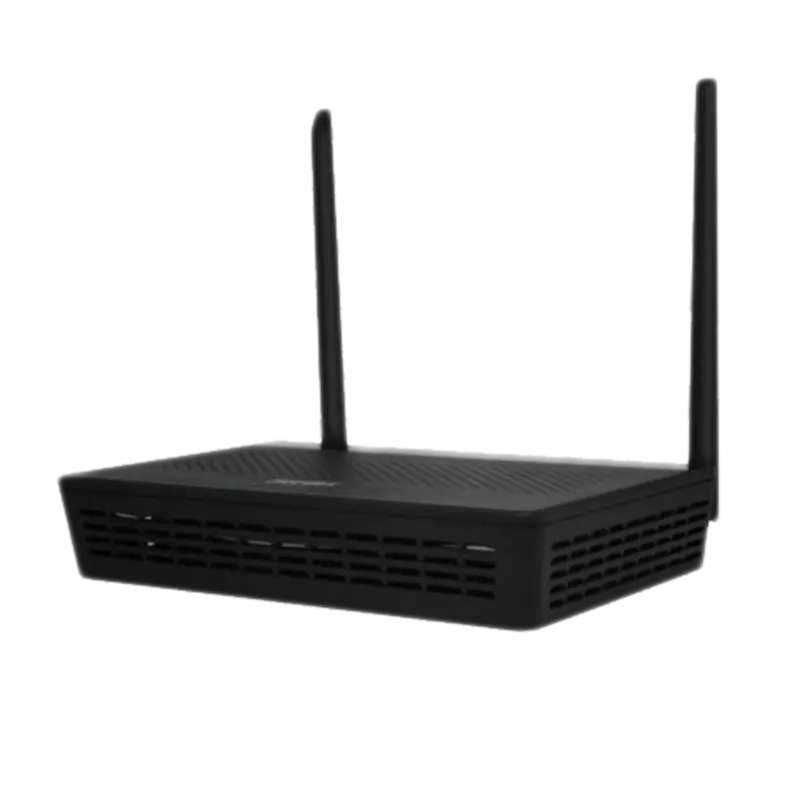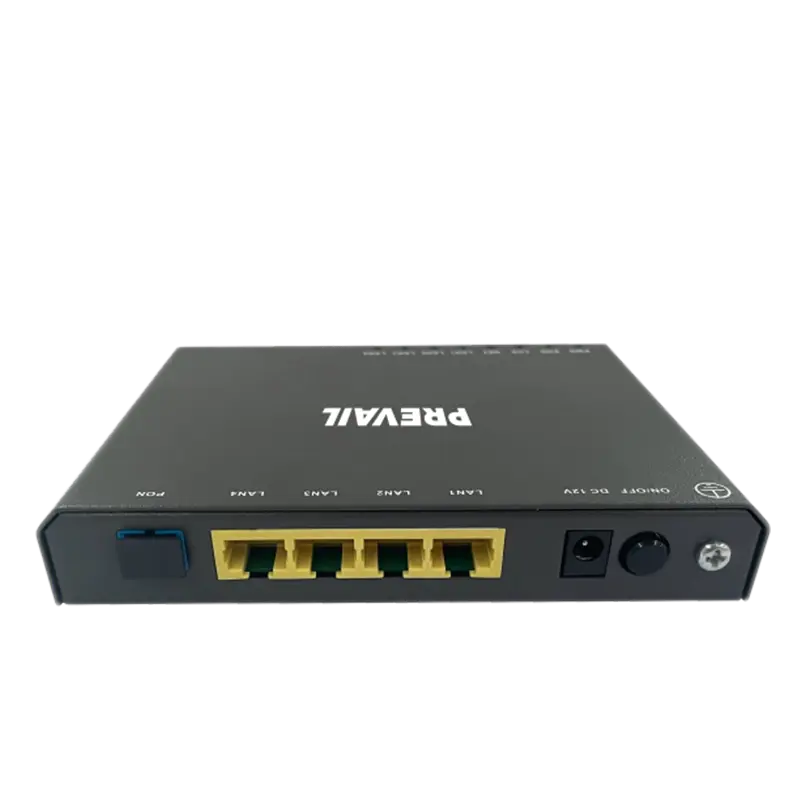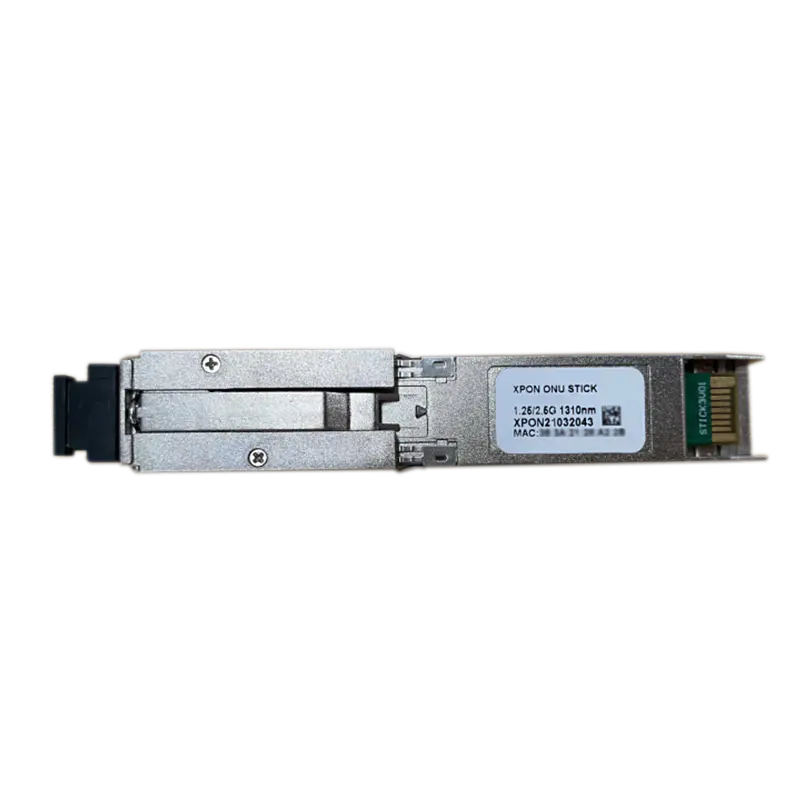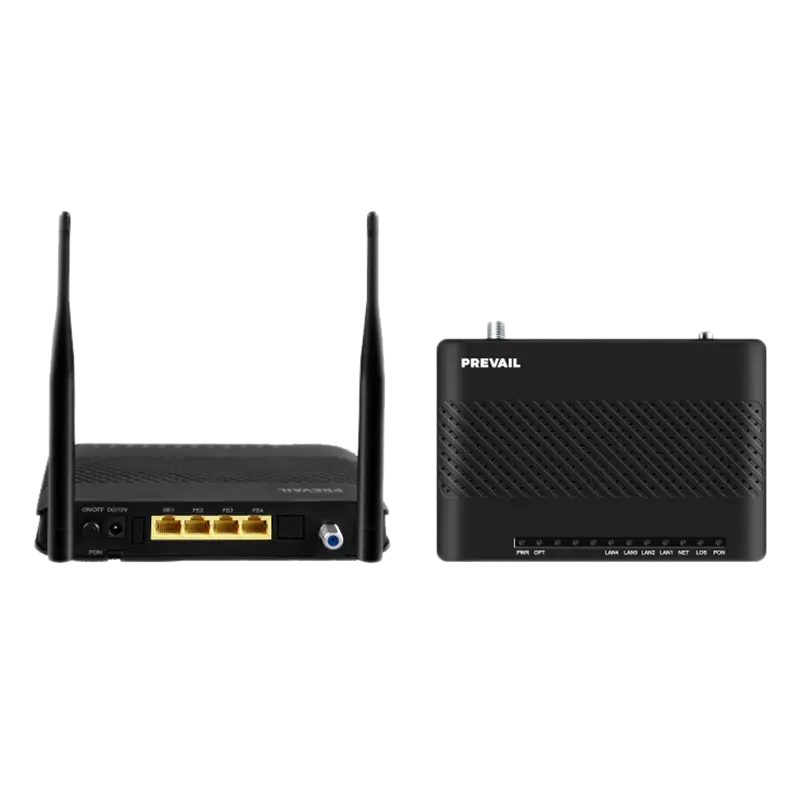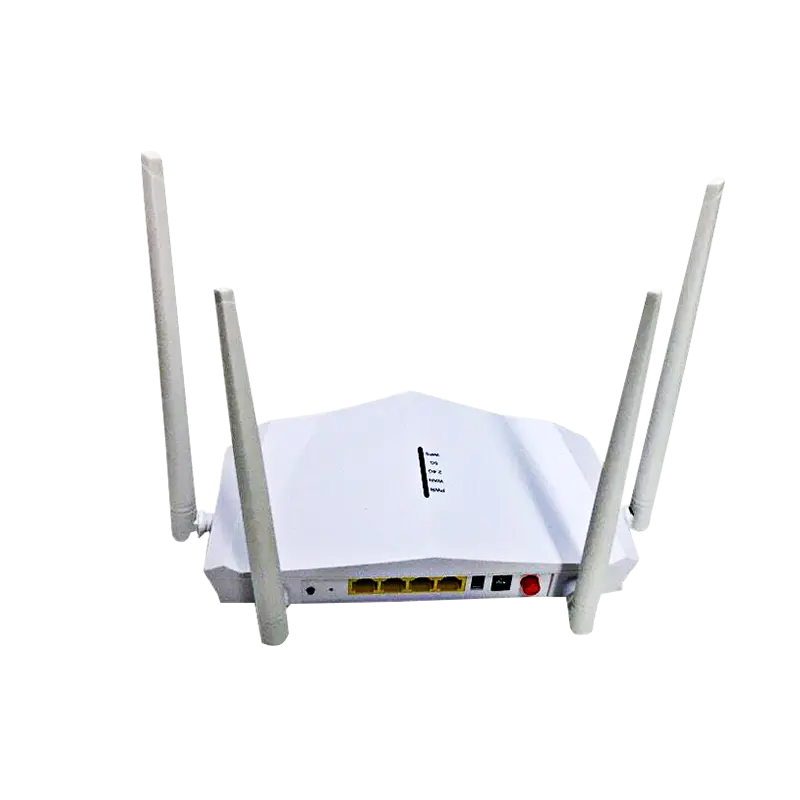1550nm EDFA Optical Amplifier: The Ideal Combination of Performance and Reliability in Modern Optical Networks
In the ever-evolving world of fiber-optic communication, 1550nm EDFA optical amplifiers have become a cornerstone of long-distance data transmission. By offering a highly effective combination of gain, low noise, and wavelength compatibility, EDFA technology has revolutionized the way optical signals are transmitted over vast networks.
EDFA is a device that amplifies optical signals directly, without converting them into electrical signals. Operating specifically at the 1550nm wavelength, it is optimized for compatibility with the low-loss window of single-mode fiber, which is most efficient in the 1530nm–1565nm range (C-band).
This makes it ideal for long-distance and dense wavelength division multiplexing (DWDM) systems—where signal strength must be preserved over hundreds of kilometers without regeneration.
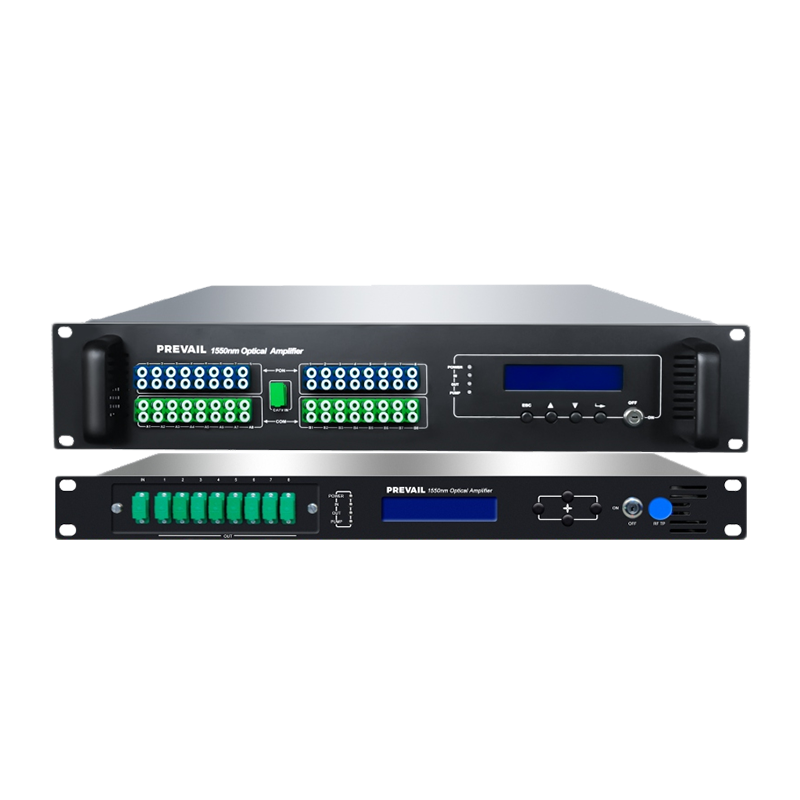
What sets the 1550nm EDFA apart is its powerful combination of technical attributes that optimize performance:
High Optical Gain
EDFA systems provide amplification of up to 30 dB, allowing weak input signals to be boosted for extended transmission distances without significant degradation.
Low Noise Figure
With noise figures as low as 4.5–5.0 dB, EDFA amplifiers maintain excellent signal quality and data integrity—critical for high-speed internet, video, and voice transmission.
Wide Bandwidth
Supporting a broad amplification range in the C-band or L-band, EDFAs are compatible with DWDM systems carrying multiple channels over the same fiber.
Wavelength Stability
Since the EDFA amplifies signals in the 1550nm window directly, it ensures a stable combination of signal strength and spectral integrity.
The flexibility of 1550nm EDFA optical amplifiers makes them suitable for a wide range of applications:
Long-Haul Telecommunications
In backbone networks that span hundreds or even thousands of kilometers, EDFAs are placed at regular intervals to maintain signal strength without O-E-O (optical-electrical-optical) conversion.
Metro and Access Networks
For smaller-scale regional networks, EDFAs ensure high-speed, low-latency data delivery.
CATV Systems
Cable TV distribution networks rely on EDFAs to boost 1550nm signals for clear video transmission across multiple users and hubs.
Data Centers and Cloud Infrastructure
In high-throughput environments, EDFAs play a crucial role in supporting fast, uninterrupted communication between servers and storage systems.
The Environmental and Operational Edge
Another important combination that EDFAs deliver is performance and energy efficiency. Compared to traditional regenerators or semiconductor optical amplifiers, EDFAs:
Consume less power
Generate less heat
Require minimal maintenance
Have a long operational lifespan
These qualities make them a sustainable and cost-effective option for both legacy and next-gen network designs.
Modern EDFA units now offer integrated monitoring, automatic gain control (AGC), and remote management via SNMP or web interfaces. This combination of smart functionality and optical performance ensures seamless integration into network operations.
Furthermore, manufacturers are now developing hybrid EDFAs that incorporate Raman amplification or WDM multiplexers to further expand system reach and channel capacity.





